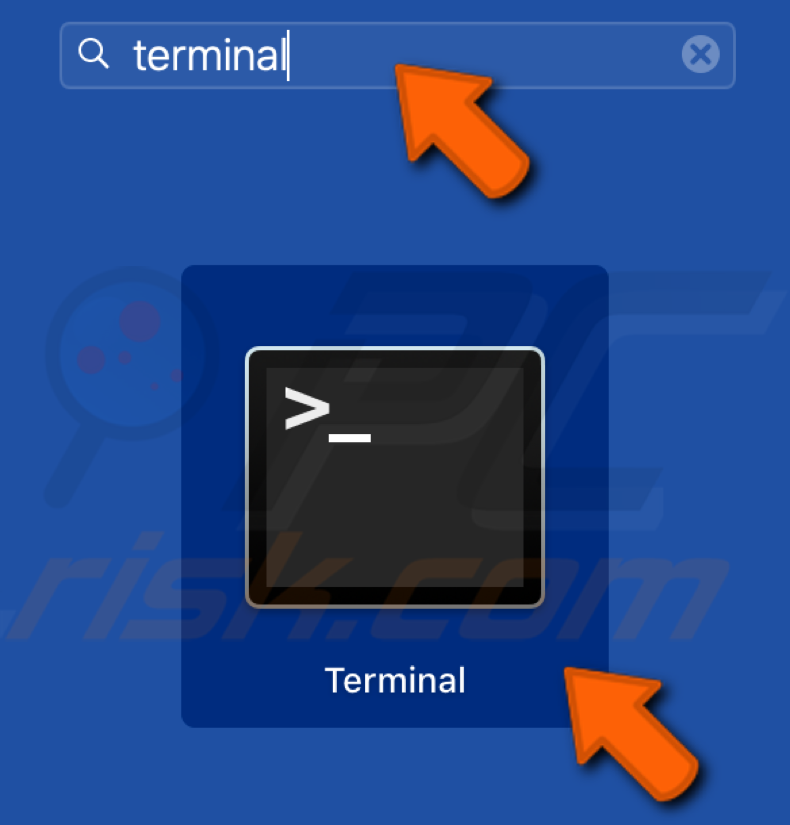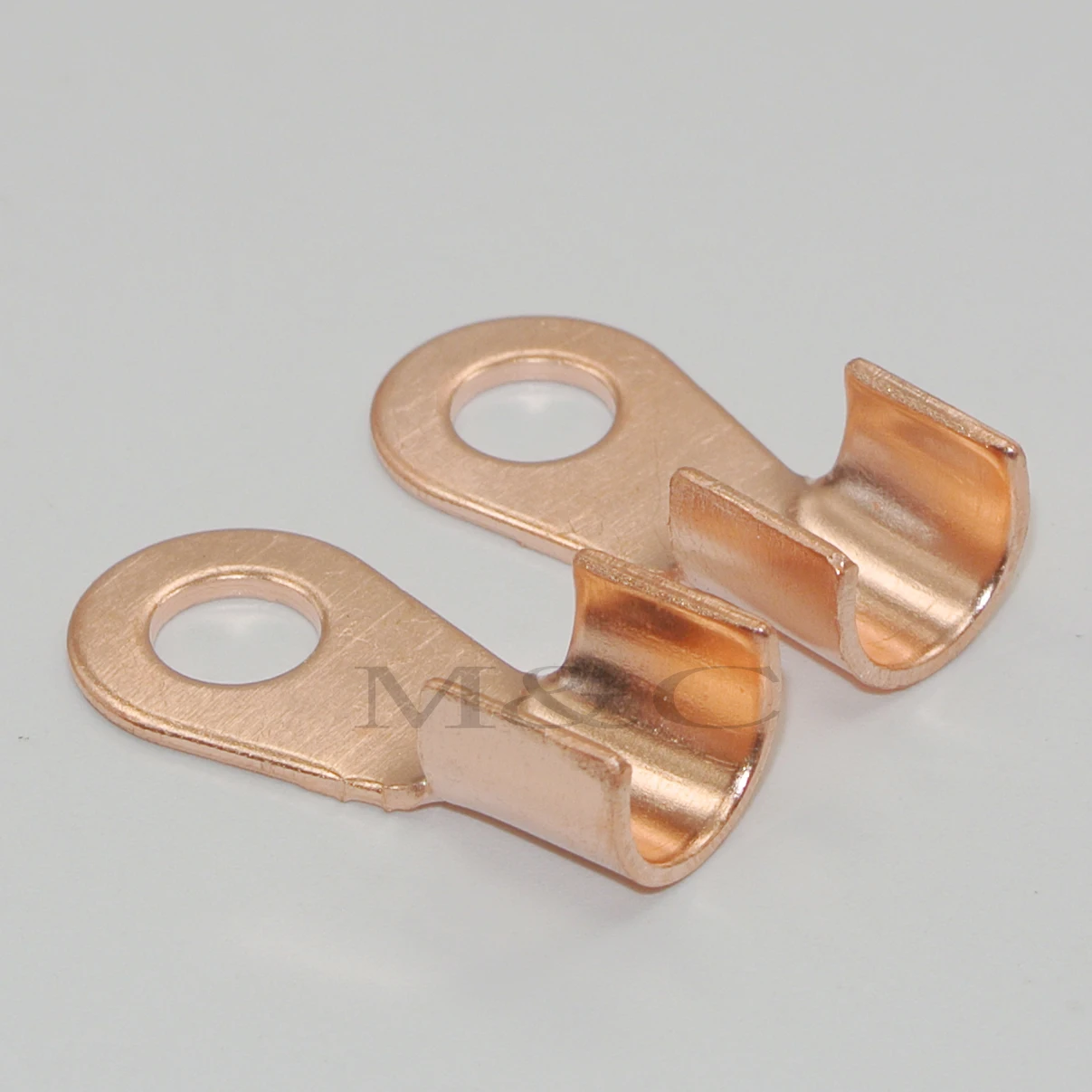
#OPEN TERMINAL HOW TO#
If you are not on the class laptops, and you don’t know how to open a terminal, do a web search for “open terminal ubuntu” where “ubuntu” is your Linux distribution. If you are on the class laptops, go to the desktop, and double-click on the “LXTerminal” icon. To quit terminal and close all open windows, type quit. To save the current terminal window, type save as. To open a new terminal window with the same configuration as the current terminal window, choose Window > Open Current Terminal Window. That window should be fresh, and look like the window at the top of the page. To open a new terminal window, choose Window > New Terminal Window. wt -p 'Command Prompt' split-pane -V wsl.exe new-tab -d c:\ split-pane -H -d c:\ wsl.exe. Choose “New Window” from the “Shell” menu in the menu bar to start a new window. To open a new terminal instance with two tabs, each with two panes running a Command Prompt and a WSL command line, with each tab in a different directory, enter: Command Prompt. Lines starting with something like, then you have got to the Terminal window that Jupyter is using you need a new window. If you see a window where there doesn’t seem to be a prompt, that has several Select this by pressing Enter, and you should see the Terminal application window, as above. Please find more about the integrated terminal in Integrated Terminal. From the Command Palette (Shift + + P), use the View: Toggle Integrated Terminal command. This command works for both Linux and macOS. then quickly open the file under the cursor by pressing gf. To open the terminal: Use the Ctrl + keyboard shortcut with the backtick character.

The first option that comes up is almost invariably the Terminal application: In NeoVim, we can launch a terminal emulator by running the :terminal command. In either case, a mini-window like this will come up: Press the command key (the key with the ⌘ symbol) and then (at the same You’ll find it in the Utilities sub-folder of your Applications folder, but the easiest way to start it is via Spotlight.Ĭlicking on the magnifying glass icon at the right of your menu bar at the
#OPEN TERMINAL MAC#
Mac has a terminal application called Terminal.app.
#OPEN TERMINAL WINDOWS#
Where the files on your computer will be the different from the first few files Gnome desktop environment makes easy access of application, in order to access the terminal window, press the super key (aka Windows key) and you should see Terminal application listed on the left-hand side application pane if you don’t see it listed on here simple start searching for Terminal in the search area. You should see a listing of files in the directory that the terminal started in, rather like this: To test, type the command dir and press Enter. Then select the option “Anaconda command prompt”. Select the menu option “Anaconda (64-bit)”. Names of programs (applications) to run, along with any parameters that the Typed as commands to be sent to the computer. You type some text, and press Enter, the terminal will interpret what you

If you type in this window, the characters will appear at the prompt. The cursor sits at the end of the prompt. The terminal has a prompt - in the Mac terminal above it is but yours will be different. There is a similar terminal window for (ahem) Windows. Here’s a screen-shot of a Mac terminal window: We use the (ahem) term terminal to mean an application that allows you to Starting a terminal application on your computer


 0 kommentar(er)
0 kommentar(er)
